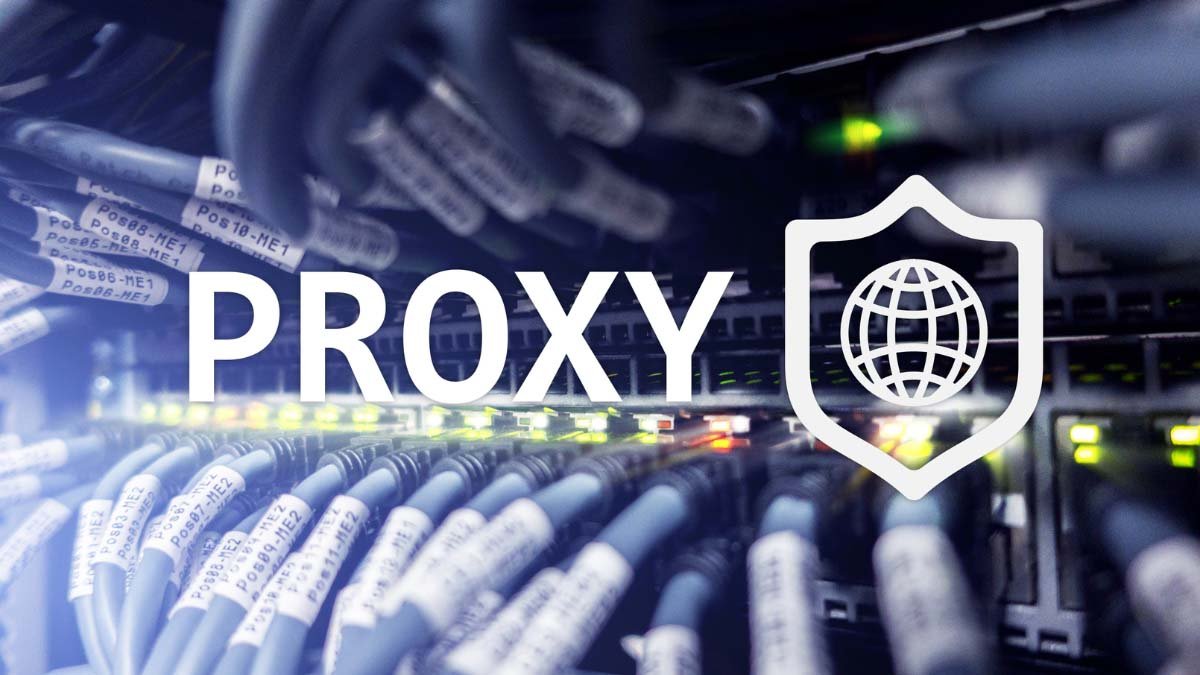Data is the new oil. Every business needs it to gain actionable insights, make data-driven decisions, sharpen its competitive edge, and facilitate long-term growth.
It’s the fundamental element of market research and competitor analysis. It guides businesses in developing strategies that move the needle and help them achieve goals.
Let’s see why these processes are crucial yet challenging and how web scraping and proxies can help.
Why are market research and competitor analysis crucial for businesses?
Market research provides information critical for improvement and growth. It helps businesses gain insight into target demographics, uncovering consumer demand, behavior, and sentiment. They can understand customers better and devise plans to address their pain points, meet their needs, personalize experiences, and boost conversions and sales.
Competitor analysis is a significant part of market research, helping businesses gather competitor intelligence. They can identify the competition’s strengths and weaknesses, develop laser-focused sales and marketing strategies, and optimize prices. They can stand out and fill market gaps.
Analyzing competitors, consumers, and market conditions opens the door to innovation, better products or services, more leads and customers, and higher revenue.
However, gathering relevant, up-to-date data requires time, effort, and resources. Collecting accurate localized data is even more challenging. Enter web scraping.
Gathering data on a large scale with web scraping
Web scraping—extracting data from websites—is the best way to gather relevant information on the target market and competition. Web scrapers can harvest, organize, and download pertinent data for wise decisions and continual growth.
Monitoring customer sentiment, demand, reviews, competitors, and trends is a breeze with web scrapers. They empower large-scale data harvesting—simultaneously crawling and extracting information from thousands of sources.
However, web scraping isn’t without its share of challenges.
Web scraping challenges
Many websites implement geo-restrictions to prevent visitors from specific countries from accessing their content. Others use anti-bot mechanisms like CAPTCHAs and honeypot traps to ensure web scrapers don’t harvest their data.
Sending too many HTTP requests from one IP address to a particular target site’s hosting server often results in IP blocks. Websites typically use them to prevent unauthorized access and deter scraping bots.
Dynamic websites are another challenge. They use server or client-side scripting to change the layout or content for specific visitors. For instance, they might display different pricing according to the region. Others frequently alter their structure to enhance UX and SEO efforts.
Fortunately, you can overcome these obstacles with proxies.
What are proxies?
Proxies route internet traffic through remote servers, sending HTTP requests on behalf of your web browser. This process masks your IP address so the target server detects only the intermediate server’s IP address.
How proxies solve web scraping challenges
Proxy providers have vast server networks, enabling users to connect to remote servers as locals. That breaks geographical barriers, unblocking geo-restricted content.
Proxy servers bypass anti-scraping mechanisms, including CAPTCHAs, IP blocking, and honeypot traps. They make web scrapers appear like humans, primarily when using residential proxies, which tie to physical locations and use home-based IP addresses.
Proxy servers are also perfect for website change monitoring. Combining shared data center proxies with a web scraper API ensures real-time HTML tracking and JavaScript rendering, providing up-to-date data from dynamic sites.
What are US proxies?
US proxies provide access to US-based IP addresses, helping you gather accurate localized data. For instance, you can use city-level targeting to see localized search results for the selected city.
That’s perfect for researching the US market to identify trends, understand customers, and assess competitors. You can gain valuable insights with US proxies, whether expanding operations to the US or looking for inspiration to stay ahead in your local business landscape.
Conducting market research and competitor analysis with US proxies
Fast, anonymous US proxy browsing can speed up your market research and empower competitor analysis. You can enjoy concurrent web scraping sessions with high uptime and no bandwidth, target, or port limitations. Here’s how:
- Residential proxies – Bypass geo-restrictions and enjoy human-like web scraping without IP blocks, CAPTCHAs, and other anti-scraping mechanisms by sending HTTP requests from home-based IP addresses in the US.
- Dedicated datacenter proxies – Scrape the web anonymously with a stable connection and switch IP addresses periodically to avoid IP bans. These private solutions come from data centers and cloud servers, offering multiple protocol support, high speed, and excellent performance.
- Shared datacenter proxies – Access real-time public data and enjoy automatic proxy rotation for every HTTP request. These solutions support multiple simultaneous users, making them the most affordable web scraping solution.
Conclusion
Web scraping is the fastest way to conduct market research and competitor analysis, gathering relevant data on a large scale for continual growth. However, challenges like geo-restrictions, IP blocking, and CAPTCHA tests can deter your operations. That’s where a reliable US proxy comes in, helping you unblock the web and collect accurate localized data.




